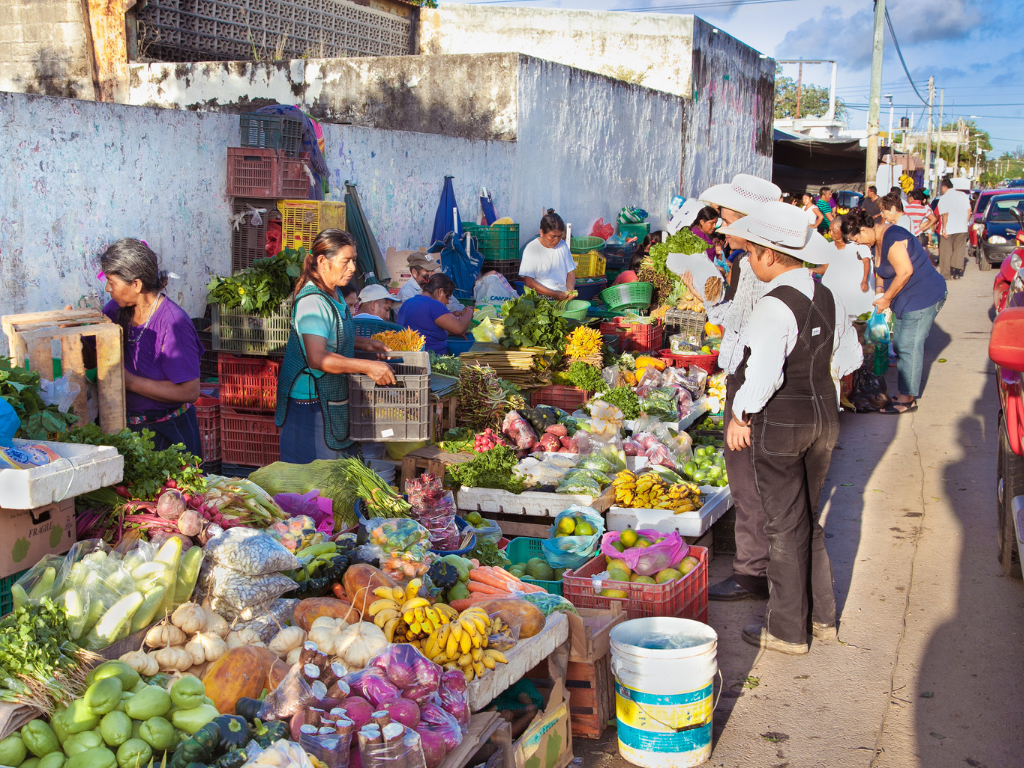
Slow UX could hurt Mexico’s CoDi payments system
Esta información es exclusiva para los
miembros de iupanaPRO
¿Aún no eres PRO? Apúntate en la lista de espera para hacerte
miembro. Nuestro próximo onboarding es en agosto
¿Ya eres PRO? Iniciar sesión
¿Qué es iupanaPRO?
iupanaPRO es una plataforma de información exclusiva, eventos y networking para las empresas que quieren diseñar y ejecutar las mejores estrategias de negocio en el sector financiero.
Con iupanaPRO, las empresas tienen información a la mano, verificada, confiable y completa, sobre los cambios regulatorios en fintech, banca y pagos de América Latina.
iupanaPRO te explica —antes que los demás— cómo los cambios regulatorios impactan tus negocios y tus clientes.
Todos los dias
Noticias y análisis:
Siempre disponibles
_index regulatorios: Datos esenciales y confiables sobre el estado regulatorio de las 6 áreas de política pública fintech en los principales países de la región.
![]()
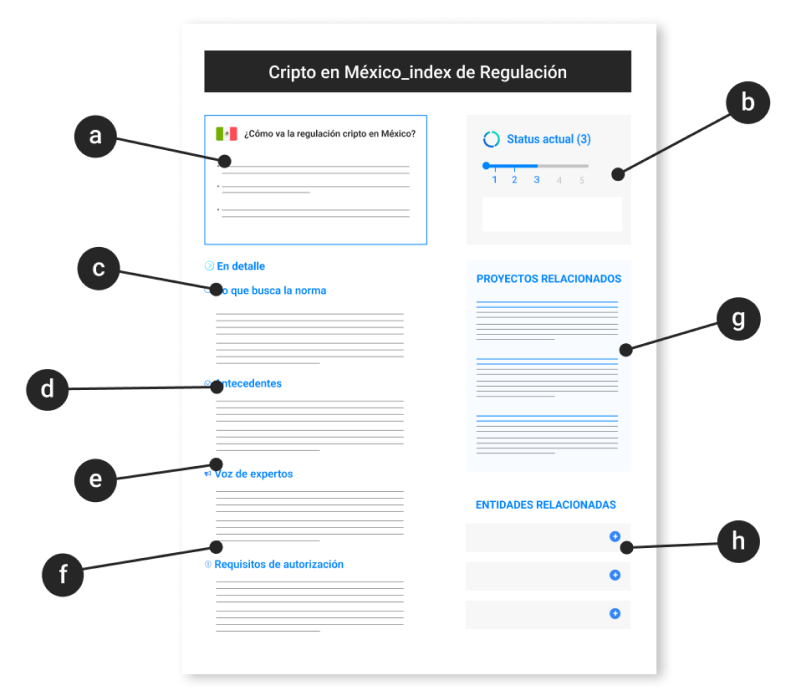
a. Resumen de la regulación
b. Indicador que cuantifica del 1 al 5 el avance normativo oficial
c. Detalles sobre lo que busca la norma
d. Detalles sobre los antecedentes
e. Análisis de expertos sobre los avances regulatorios
f. Requisitos de autorización (algunos index)
g. Enlaces a los documentos oficiales como proyectos y anteproyectos de ley
h. Datos sobre las entidades regulatorias que tienen responsabilidad para esa regulación
Todos los miércoles
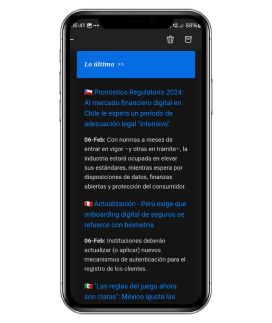
Boletín Pro:
Entrevistas exclusivas, análisis originales y alertas, directamente en tu inbox. Para que ningún cambio te tome por sorpresa.
.
Alertas y actualizaciones
Grupo de Whatsapp: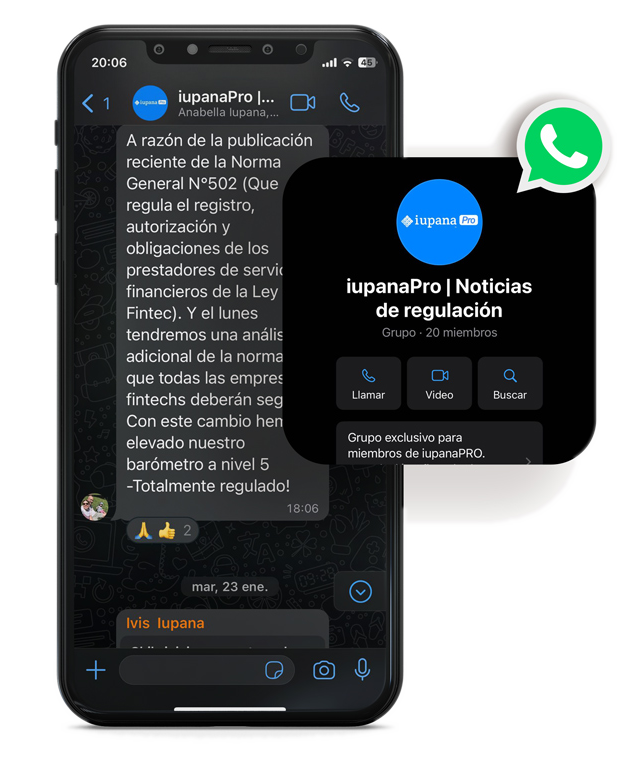 Recibe alertas informativas, haz networking, resuelve tus preguntas y mantente al día con noticias y comentarios.
Recibe alertas informativas, haz networking, resuelve tus preguntas y mantente al día con noticias y comentarios.
Esta información es exclusiva para los
miembros de iupanaPRO
¿Aún no eres PRO? Apúntate en la lista de espera para hacerte
miembro. Nuestro próximo onboarding es en agosto
¿Ya eres PRO? Iniciar sesión
¿Qué es iupanaPRO?
iupanaPRO es una plataforma de información exclusiva, eventos y networking para las empresas que quieren diseñar y ejecutar las mejores estrategias de negocio en el sector financiero.
Con iupanaPRO, las empresas tienen información a la mano, verificada, confiable y completa, sobre los cambios regulatorios en fintech, banca y pagos de América Latina.
iupanaPRO te explica —antes que los demás— cómo los cambios regulatorios impactan tus negocios y tus clientes.
Todos los días
Noticias y análisis:
Siempre disponibles
_index regulatorios: Datos esenciales y confiables sobre el estado regulatorio de las 6 áreas de política pública fintech en los principales países de la región.
![]()

a. Resumen de la regulación
b. Indicador que cuantifica del 1 al 5 el avance normativo oficial
c. Detalles sobre lo que busca la norma
d. Detalles sobre los antecedentes
e. Análisis de expertos sobre los avances regulatorios
f. Requisitos de autorización (algunos index)
g. Enlaces a los documentos oficiales como proyectos y anteproyectos de ley
h. Datos sobre las entidades regulatorias que tienen responsabilidad para esa regulación
Todos los miércoles
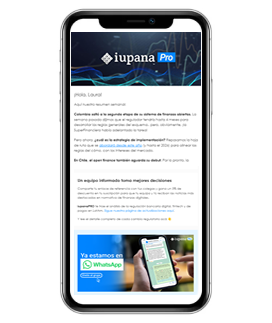
Boletín Pro:
Con el resumen de lo más
relevante de la semana y
entregas especiales.
.
Alertas y actualizaciones
Grupo de Whatsapp: Recibe alertas informativas, haz networking, resuelve tus preguntas y mantente al día con noticias y comentarios.
Recibe alertas informativas, haz networking, resuelve tus preguntas y mantente al día con noticias y comentarios.
